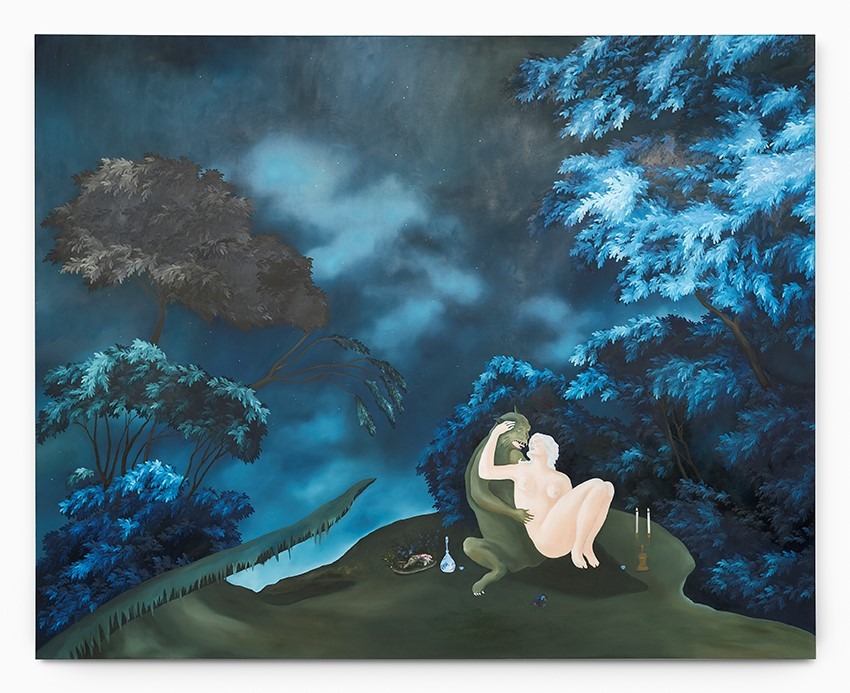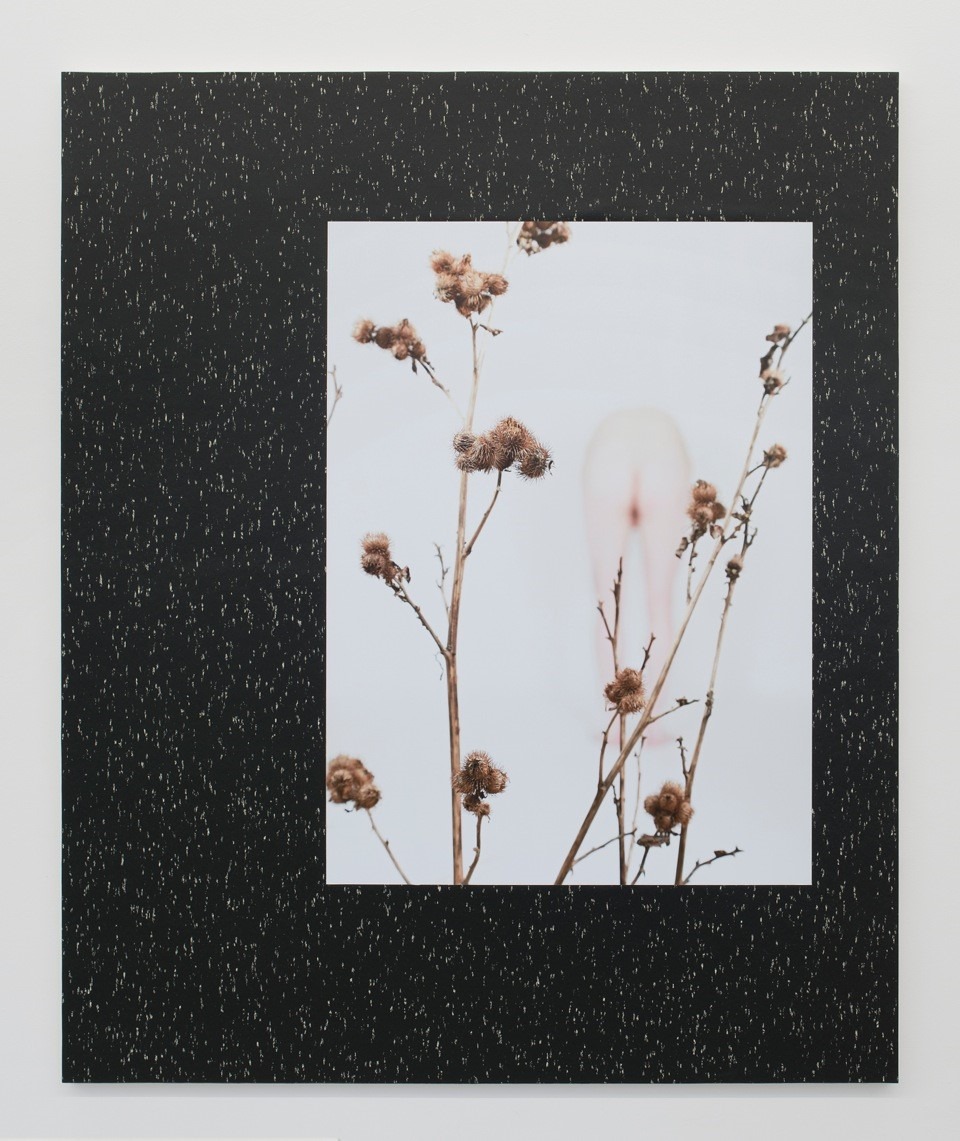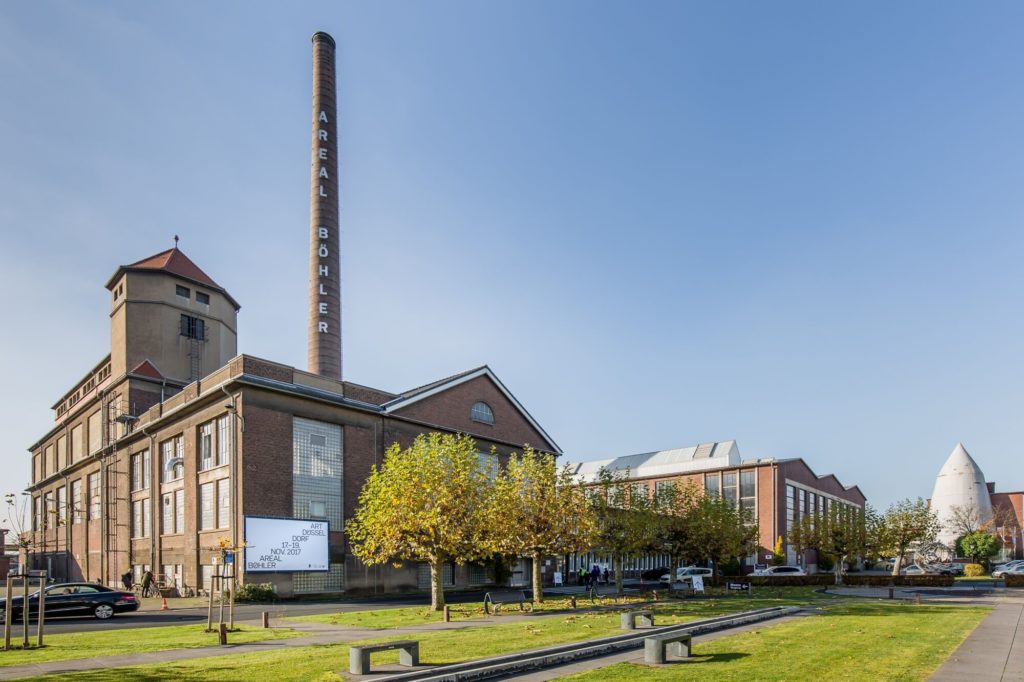The German Ruhr is a heartland of tangible capitalism in Europe and home of many impressive private art collections. The region attracts art dealers and galleries from all over the world who try out the market's readiness to spend money on intangible value of culture materialised and objectified in pieces of art.
Art Cologne exists already half a century and its focus on German conceptualism is spelled out. This year, neighbouring Dusseldorf added itself on the arts fair map. According to the organisers, 50% of the largest well known European art collectors paid a visit. The fair organisers are proud of the new mobile app, qhich replaced the traditional heavy catalogue (which I never pick up for exactly that reason) - the app allows you to make a snap and ‘shazam’ the artwork.
The Belgian presence in the fair was well-balanced. Galerie Rodolphe Janssen and Galerie Albert Baronian were among the Belgian entrants. Showing a wide range of Belgian and international talents in the booths, the galleries embodied the growing importance of Brussels as one of the major centres of experimental and daring contemporary art.

Courtesy: Galerie Rodolphe Janssen. Sanam Khatibi. But I want to swallow you, 2017. Oil and pencil on canvas, 160 x 200 cm; 63 x 78 3/4.
Rodolphe Janssen showed delicately violent paintings of Brussels-based Sanam Khatibi, who expresses the justified rage of womankind on being shut down, silenced, misinterpreted, appropriated and underrepresented since the beginning of culture. The mythological motifs of her paintings question archetypes in their subjects: the women are playing the roles that are not assigned to them in the context of contemporary and historical "normalities".
Bruxellois at Art Dusseldorf
Aline Bouvy, one of the artists brought to Dusseldorf by Galerie Albert Baronian, is questioning the ‘normal’ in another way - by bringing in aesthetic pictures into art object elements, that are discarded as not belonging or considered to be ‘ugly’. She critically highlights our invisible bias in identifying something ‘worth of a painting’ and democratises the field by proving that beauty can have infinite amount of angles and perspectives.

Aline Bouvy, “Urine Mate 7”, Inkjet print on archival paper mounted on Dibond Linoleum on wood, 230 x 190 cm, 2015, courtesy: Galerie Albert Baronian.
From the art institutional landscape, Dusseldorf’s K21 museum and Julia Stoschek Collection are definitely ‘must visit’ spots.
The permanent installation of Tomas Saraceno allows visitors to walk above the roof of the museum with nothing but a net under them, lifting the limitation of ‘thickness’ of our foregrounds. Apart from that, the permanent collection of the museum showcases impressive works from Pamela Rosenkranz, Thomas Hirschhorn and the famous Dusseldorf school quartet: Candida Hoffer, Andreas Gursky, Thomas Struth and Thomas Ruff.
Julia Stoschek Collection is one of the most important places to see cutting edge video art. At its 10th anniversary, the exhibition is curated by Ed Atkins, whose videos are at the forefront of the visual critical theory.
The city has quite a lot to offer culturally beyond the seasonal art fuzz: several massive private collections are open to the public as museums organise rotating public exhibitions on a continious basis.
By Denis Maksimov

